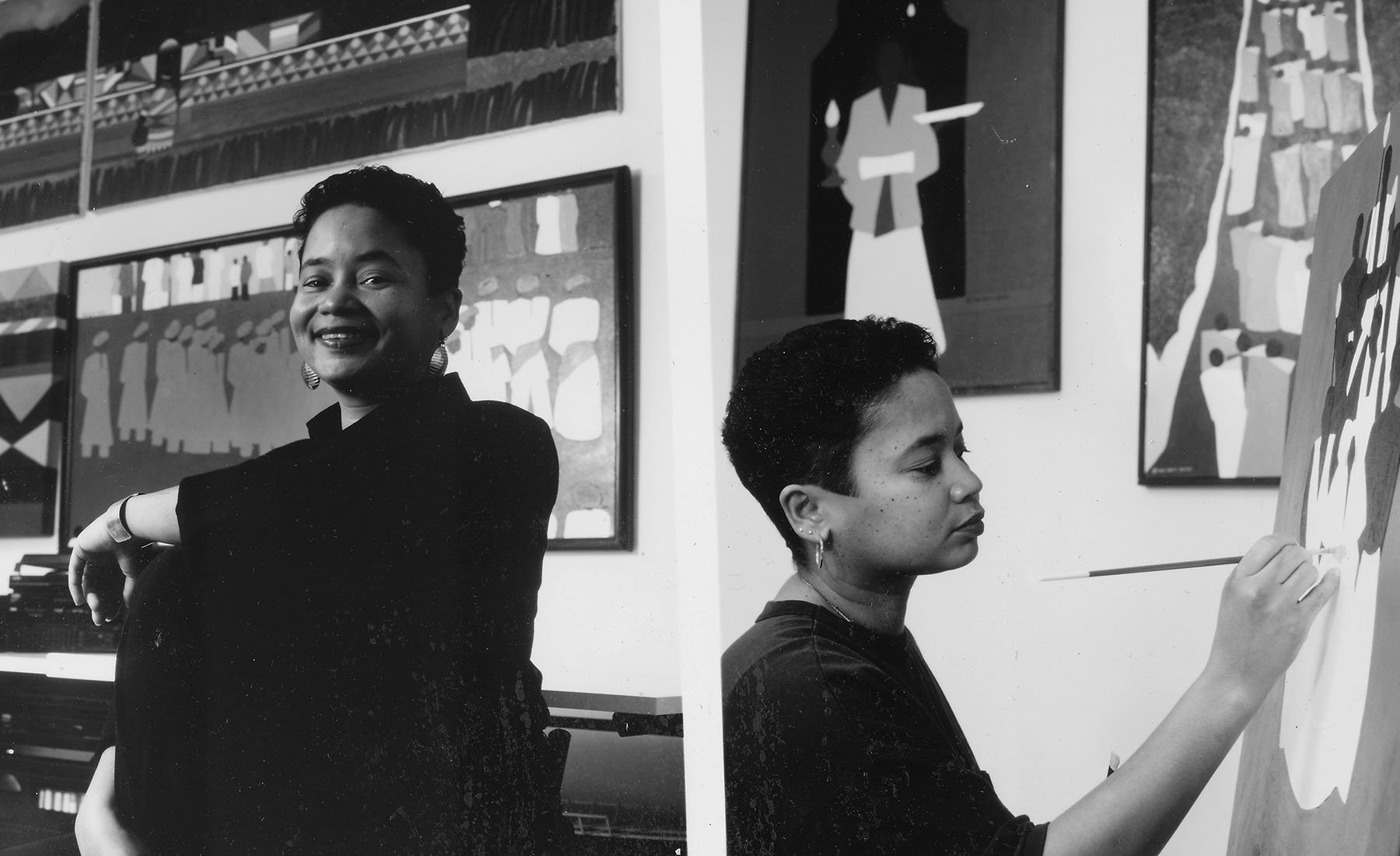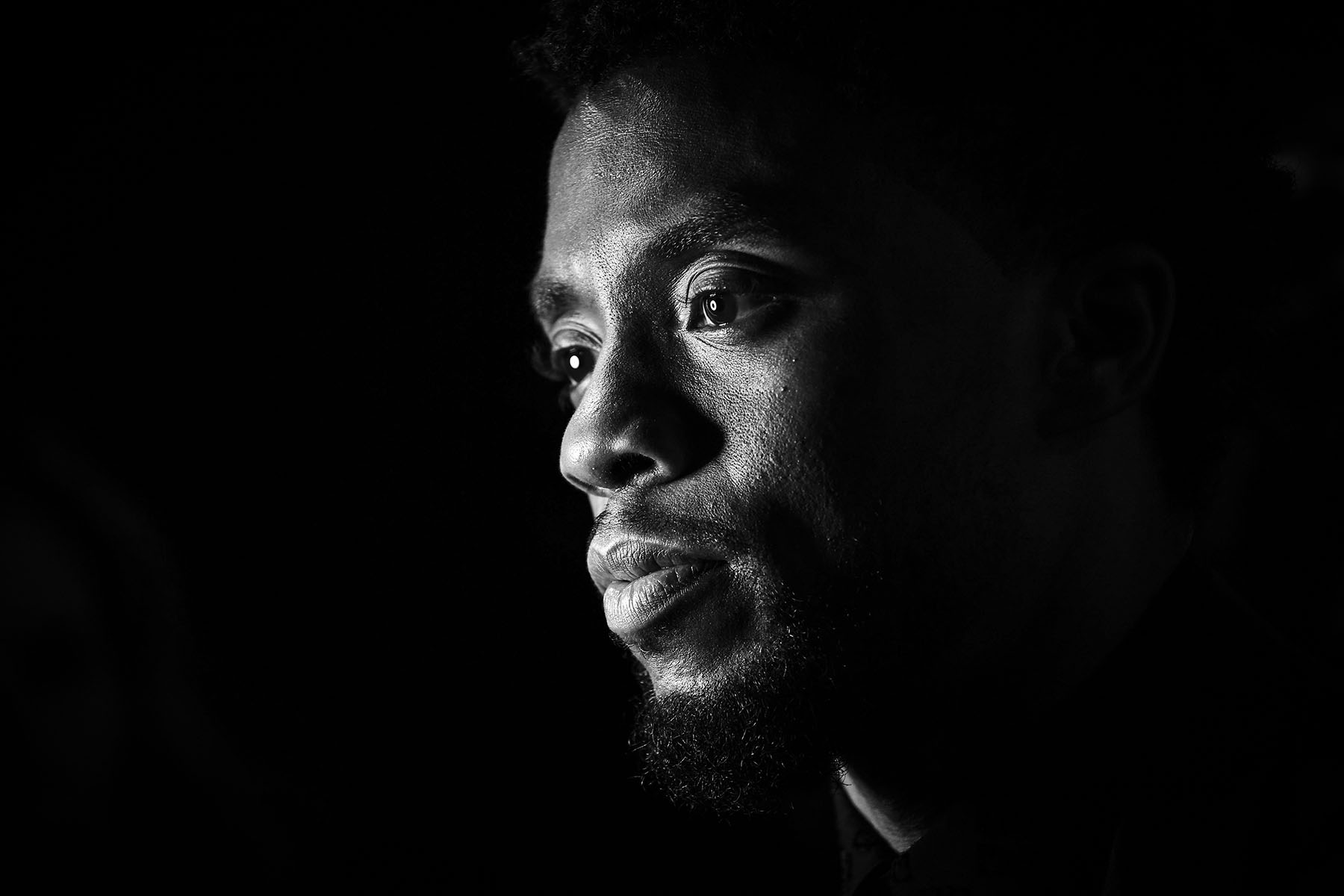This Black History Month, we’re telling the untold stories of women, women of color and LGBTQ+ people. Subscribe to our daily newsletter.
As proud graduates of historically Black colleges and universities (HBCU), our Frances Ellen Watkins Harper fellows are taking advantage of this year’s Black History Month theme — African Americans and the Arts — to spotlight HBCU alumni who inspire them.
These journalists, artists and actors have left a mark on the culture, and on the current and former students who have followed in the trails they’ve blazed.
Art and the power to create are baked into the very foundation of my alma mater, Howard University. I remember being at my former institution before transferring to Howard and wishing to be a part of the legacies of Chadwick Boseman, Taraji P. Henson, Phylicia Rashad, Zora Neale Hurston and more. Once I got to Howard, I was inspired every day by the creativity and ingenuity of my fellow Bison and their innate gifts to bring ideas to life through music, art, modeling showcases and, my personal favorite, content creation.
Blake Newby, former Essence editor turned content creator, beauty consultant and media personality, inspires me the most because of her ability to create her own path to reaching her maximum potential. She believed she could leave a 9-to-5 to be her own boss and build her own brand, and so she did. Blake recognized that the talent was never in a job or title, but that the gift of creating and connecting lived within her.
Blake’s story of going from a college student on Howard’s campus to now a successful journalist, consultant, media personality and more serve as a reminder to me that my only limits are the limits I place on myself. — Eshe Ukweli, editorial fellow
Ten years ago I found myself conducting the interview of a lifetime. With no preparation or time to ponder possible questions, I was sitting face-to-face with artist, author and educator Synthia Saint James. What started as a tour for our newly renovated journalism and media studies building at Bennett College quickly turned into an interview for our campus radio station.
This little lady with beautiful brown eyes — wearing black from head to toe and her signature red lip — waited patiently as my professor, Mr. Lipscomb, classmate Alexis Small and I scurried around setting up cameras, lights and recording devices. She didn’t hurry the process, she didn’t become short tempered or get irritated. Stillness — a trait I am sure comes in handy with her line of work.
You see, Synthia Saint James is “that girl”: Her hands have produced masterpieces that set the culture, especially in literature and television. James, who received an honorary doctorate from St. Augustine’s University, an HBCU in Raleigh, North Carolina, has been shining bright since the ’70s. She has stood the test of time, becoming iconic in more ways than you could imagine.

Remember that ’90s Terry McMillan book “Waiting to Exhale” that your mom wouldn’t let you read but she couldn’t put down? The cover was created by James. That Kwanzaa stamp the U.S. Postal Service released in 2016? You guessed it, that was James. She’s produced phenomenal art pieces that canvased shows such as “Moesha,” “A Different World,” “The Steve Harvey Show,” and “Martin.” Her artwork has draped the walls of Black cinema legends such as Jenifer Lewis and HBCUs across the United States.
My alma mater, Bennett College, became her muse for the piece entitled “Bennett Belles.” This vibrant creation honored the 2014 inauguration of its 17th President, Rosalind Fuse-Hall, and was gifted to the graduating class of 2015. In 2022, she released the book “HBCUs: Capturing the Quintessence,” which documents her journey and creative process when creating her commissioned pieces for HBCUs.
James gave me a chance that cold October day. I’ll never forget how comfortable she made me feel during the interview, and how willing she was to visit such a small HBCU as mine. She brought her wisdom, showcased splashes of creativity and dropped off a ton of love and support at the oasis of Bennett College. — Racquel Bethea, product fellow
Black art is one of the things that I was pushed into as a child. In church, school, dance classes and choirs, I eventually found the fun of expressing myself in art. When I went to my HBCU, Xavier University of Louisiana, it was for no other reason than to get out of my hometown. The school was known for its sciences, not its arts, and I was once again pushed into a concentration I didn’t choose.
I incorporated my love for writing into my journalism major and found a new outlet for my creativity — telling Black stories. What came with this were new inspirations to look up to, specifically Chadwick Boseman, a Howard University graduate who went on to become one of the greatest actors of his time.
Boseman played icons like Jackie Robinson, Thurgood Marshall and James Brown with vigor. These portrayals could not be executed well on the screen without research and heart being poured into each role, the kind of heart I want to bring to my writing.
When Boseman passed, his legacy was not defined by one role. It was summed up by the entirety of his career and the fact that nobody could play these roles better than him.
When I think of my legacy, I think of the impact Boseman left and how I will replicate that within my own right. — Victoria Clark, audience engagement fellow





